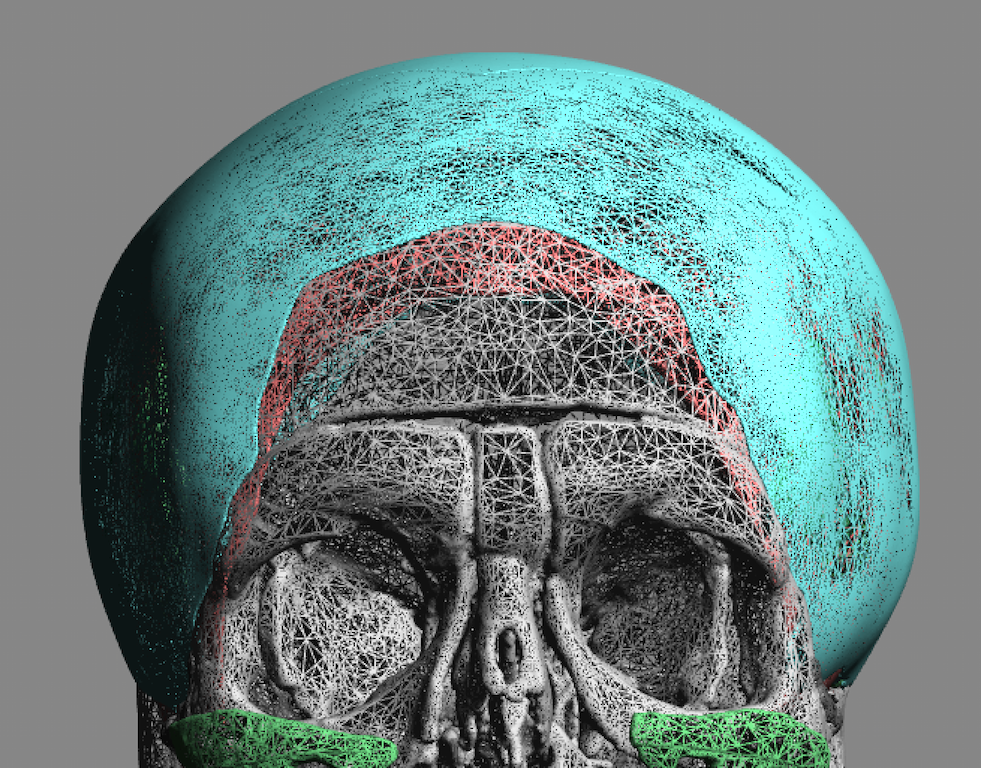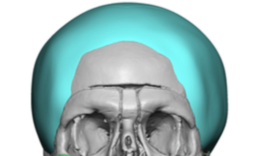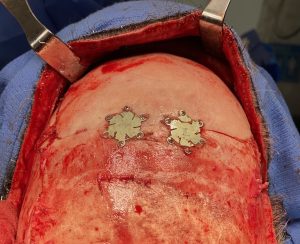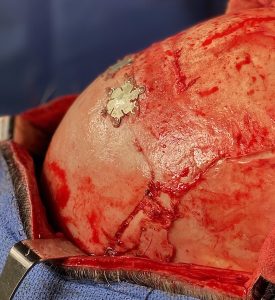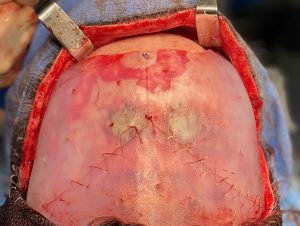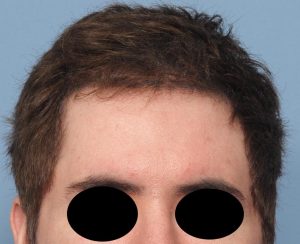Background: Elective skull augmentations are done for a variety of indications most of which are due to aesthetic head shape concerns. Such concerns are simply the way the head developed without any specific reason why. But one event after birth that can change the shape of the head is invasive skull surgery, specifically craniotomies. They usually result in indentations and skull contour defects due to loss of bone or soft tissue thickness. Smoothing them over with bone cements or custom skull implants are effective methods of contour restoration.
Rarely a craniotomy can be the source of changing the way the rest of head shape is perceived. Such can be the case of orbital box osteotomies. Using a coronal incision and a frontal craniotomy, orbital box osteotomies can be used to widen or decrease the distance between the eyes in adults. When used to widen the eyes this may make the side of the forehead and temporal regions appear more narrow. Increasing these head shape dimensions require a custom skull implant.
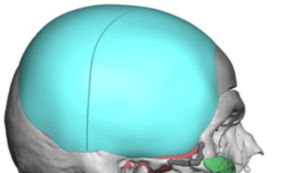
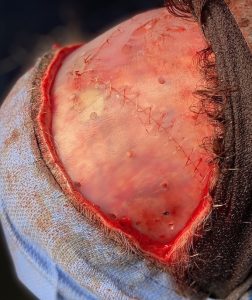
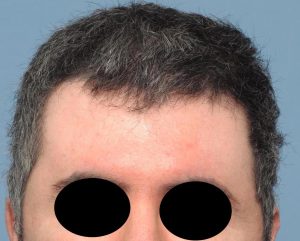
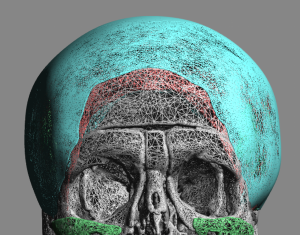
Case Highlights:
1) Custom skull implants can be used to smooth over prior craniotomy sites as well as having an expansive effect.
2) In orbital box osteotomies for increasing interorbital width this may make the bitemporal width appear too narrow.
3) Large custom skull implants usually have to be designed to be placed in two pieces, even if one has a wide open coronal scalp incisional exposure.
Dr. Barry Eppley
Indianapolis, Indiana

